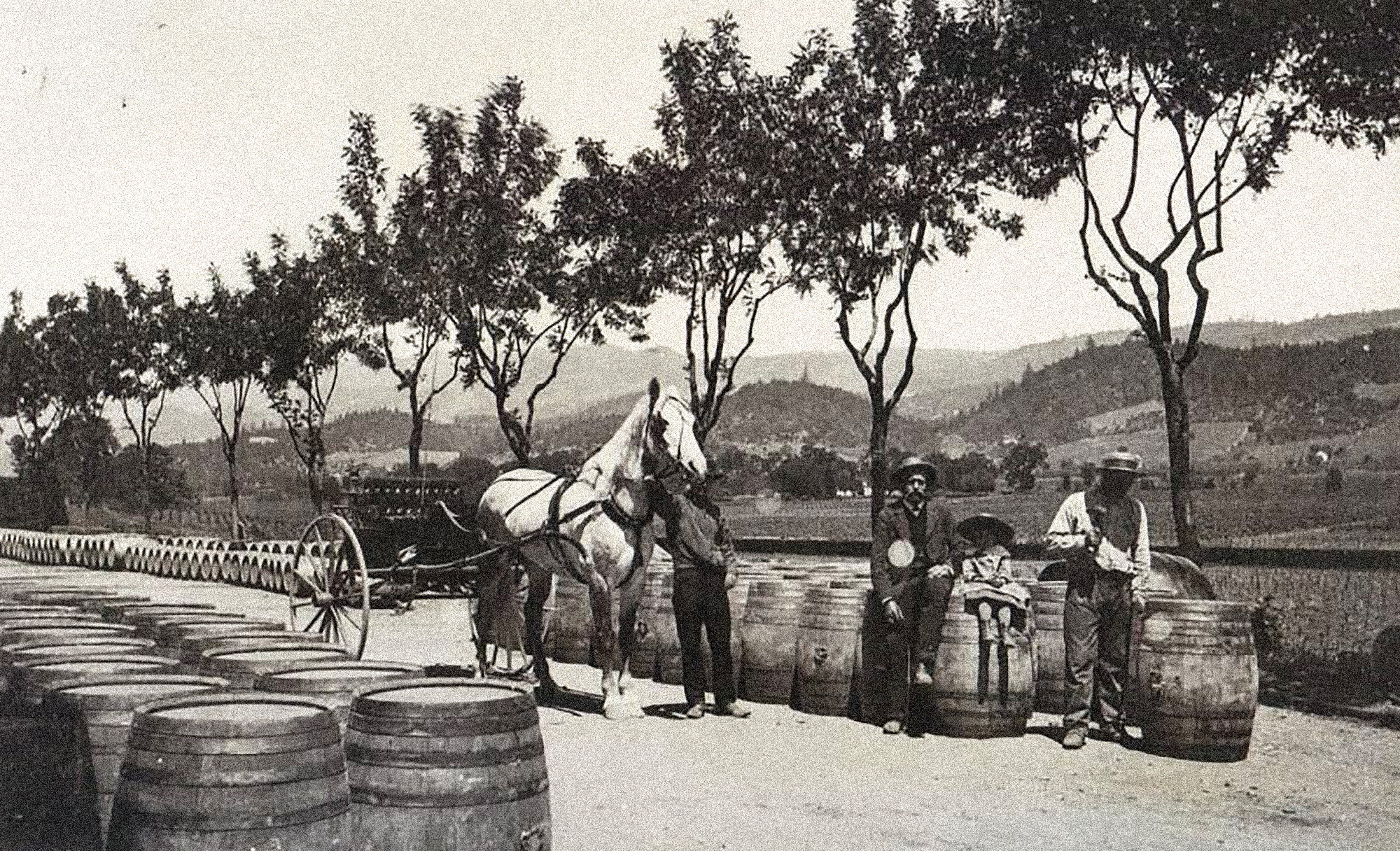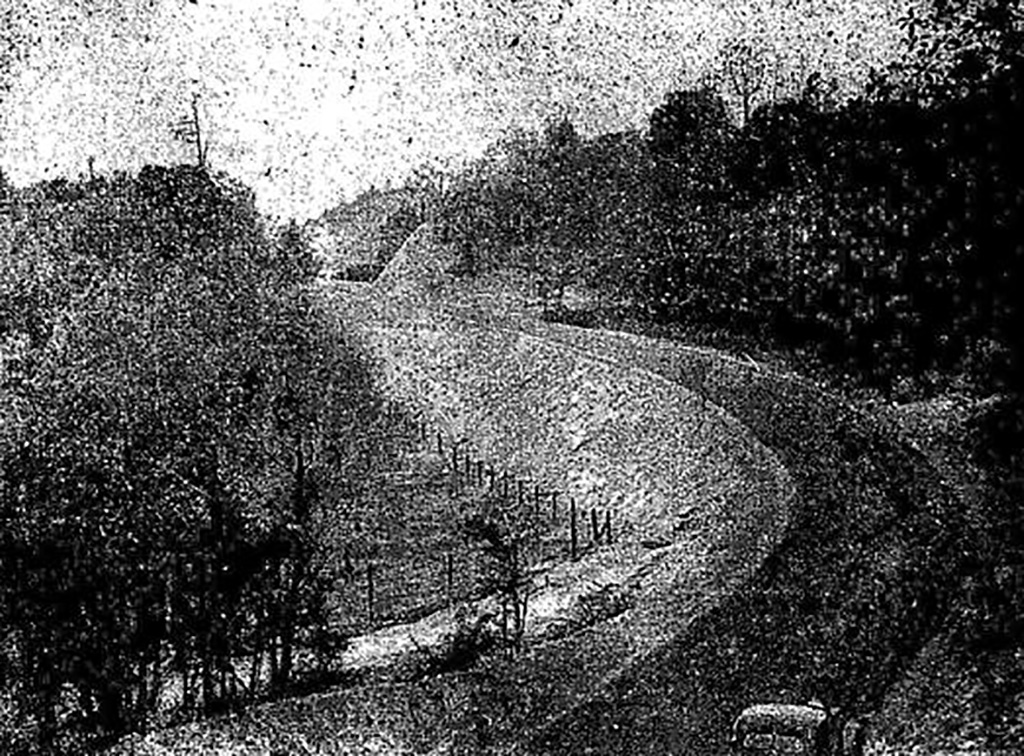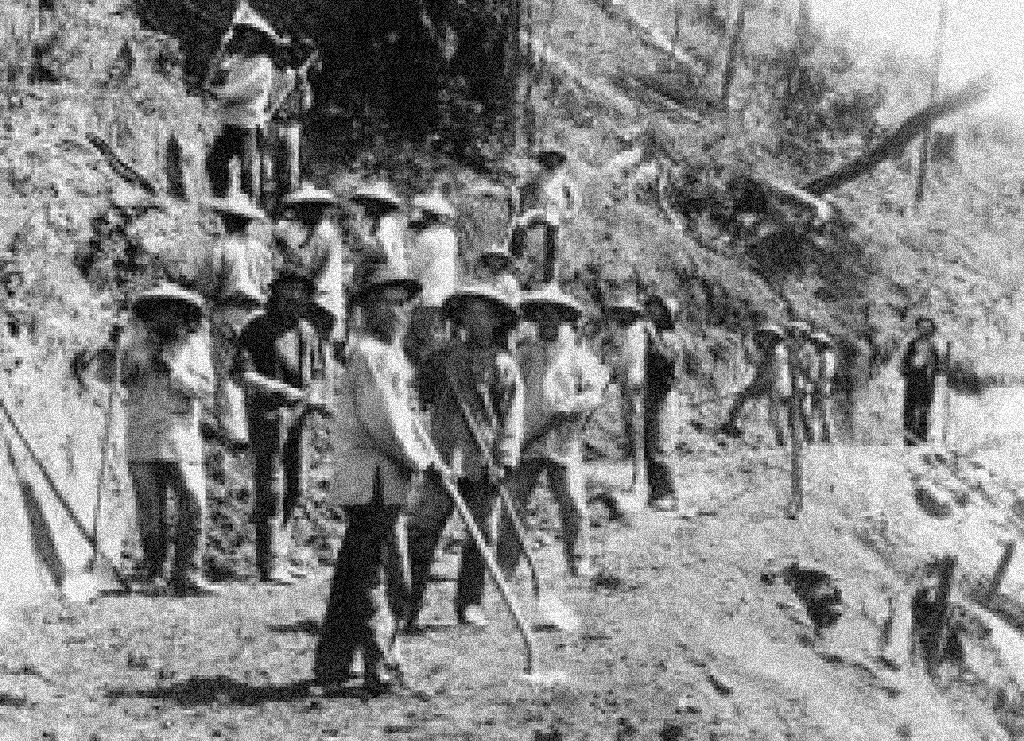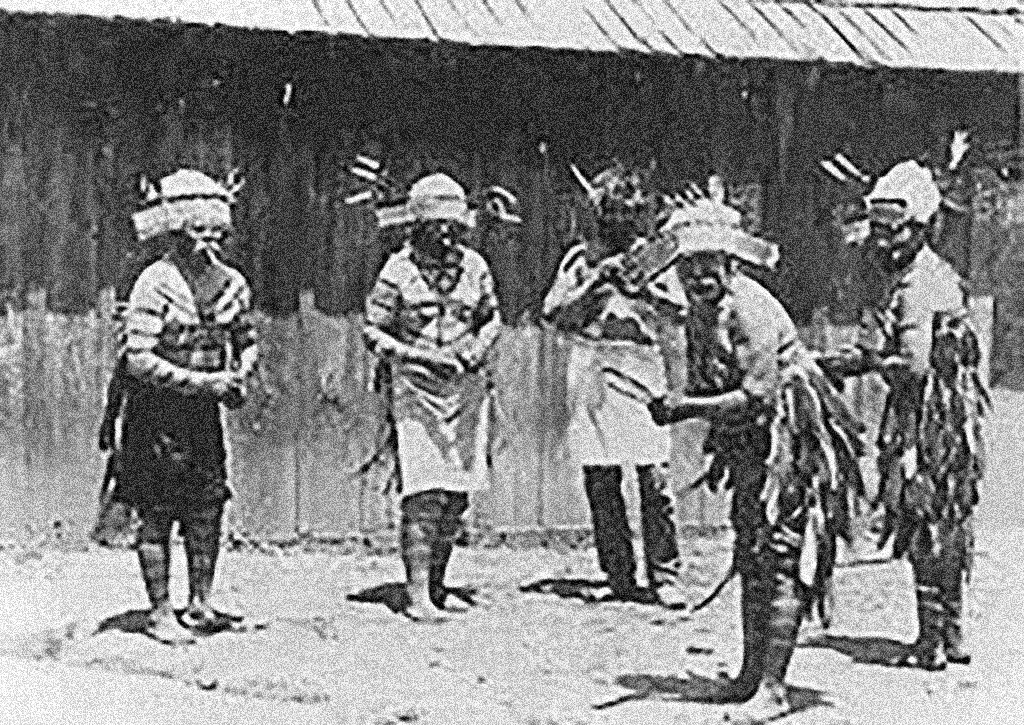Our Roots
From the late 1800s until the early 1900s The Silverado Trail was home to cattle and horse ranching. In the 1960s, Richard Tam and Ben Hardister built the Silverado Horseman’s Center covering 32 acres along the southern end of Silverado Trail. The original facility featured an equestrian center with an indoor riding arena, 36 horse stalls, a grandstand for indoor riding events. The property also included an outdoor arena with a grandstand that sat 3,000 people, a half mile race track, recreation buildings, private paddock, riding trails and a stallion breeding station. The center thrived until the 1970s when it was sold to a local land developer. In October 2005, Exclusive Estates Wine Group purchased a portion of the original parcel and began production on a state-of-the-art winery that opened in July 2007. Inspired by the early history of the area and the equestrian center that once thrived on the property, the winery was named Black Stallion Winery. Today, the original building that housed the indoor riding track sits directly behind the tasting room and barrel cellar and is used for the winery’s wine production.




